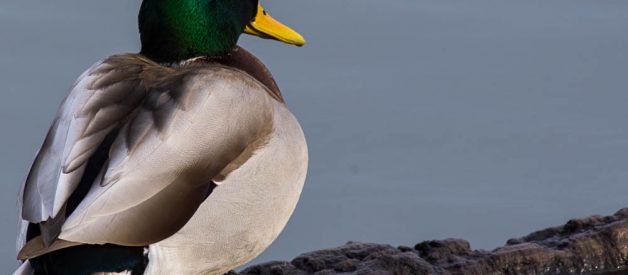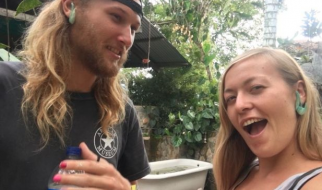Species Identification
Washington?s waterfowl are comprised of 27 species of duck, six species of geese, and two species of native North American swans. The tundra and larger trumpeter swan are closed to hunting, but provide an incredible wildlife-viewing spectacle when they gather in large flocks during the late fall through spring, particularly in northwest Washington (Whatcom, Skagit, Snohomish, and Clallam counties).
The 27 duck species consist of nine dabbling ducks, five diving ducks, and 11 sea ducks, as well as wood ducks and ruddy ducks.
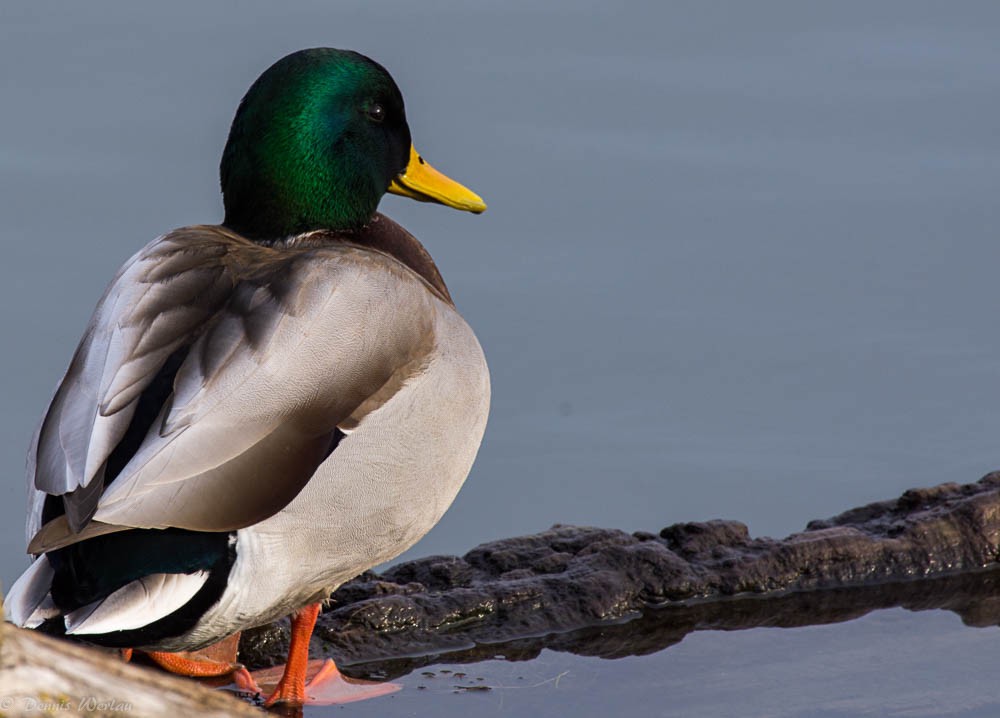
Dabbling ducks
The most common ducks to harvest are four dabbling ducks: mallard, American wigeon, green-winged teal, and northern pintail. These four species tend to account for 80 percent of Washington?s duck harvest.
- Mallard
- American wigeon
- Green-winged teal
- Northern pintail
- Gadwall
- Northern shoveler
- Eurasian wigeon
- Cinnamon teal
- Blue-winged teal
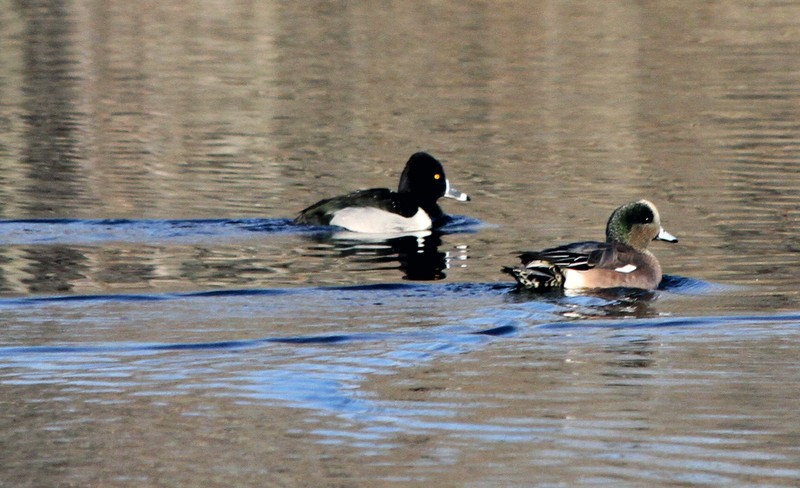
Diving Ducks
Diving ducks occur in deeper and more permanent water regions such as the Columbia River, but Washington is unique in having the presence of all five North American species during winter months. The hunting style and use of decoys is very different from dabbling duck hunting, and is usually dependent upon a boat.
- Lesser scaup
- Greater scaup
- Ring-necked duck
- Canvasback
- Redhead
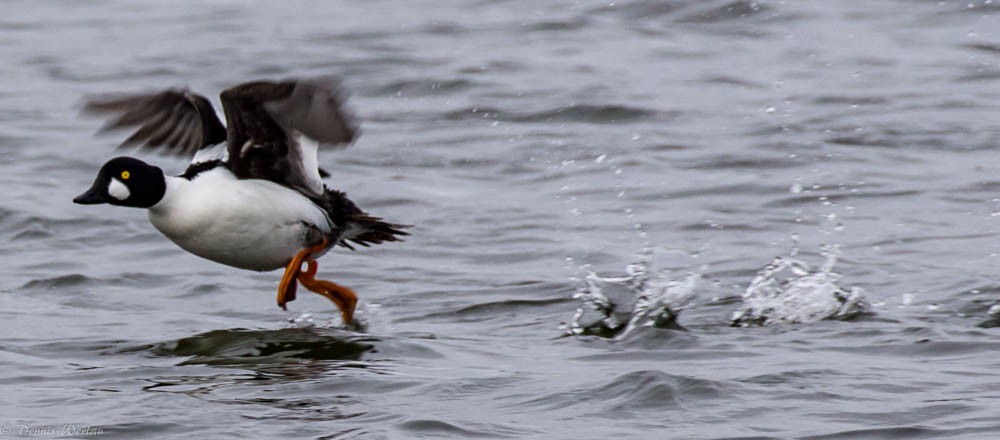
Sea Ducks
Sea ducks are a unique aspect of Washington duck hunting. While most Pacific Flyway states have a few species, Washington hosts 11 different species during the winter, and have certain species that nest, raise broods, and molt within our waters. Sea duck hunting has some similarities to diving duck hunting, but is more often in deeper waters or more rugged rocky nearshore situations because of these unique ducks? feeding habits.
- Surf scoter
- White-winged scoter
- Black scoter
- Long-tailed duck
- Harlequin duck
- Common goldeneye
- Barrow?s goldeneye
- Bufflehead
- Common merganser
- Red-breasted merganser
- Hooded merganser
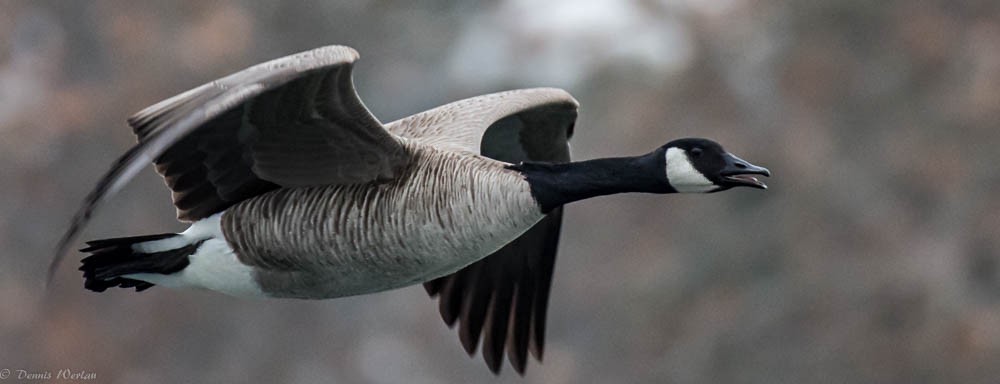
Goose Species
The six goose species are managed as 14 different populations originating from different breeding areas, primarily in the Arctic. They include:
- Canada geese
- Cackling geese
- Snow geese
- Ross?s geese
- White-fronted geese
- Brant
Goose Facts
- Canadian geese are the most widely distributed and commonly harvested goose in Washington.
- Cackling geese are more regionally common with high concentrations in southwest Washington and portions of the Columbia Basin.
- Snow geese and the less common Ross?s goose (collectively referred to as white geese) occur in Whatcom, Skagit, Snohomish, Clark, Benton, and Franklin counties.
- White-fronted geese are most commonly encountered during migration periods in late September through early October, and again during spring migration in March. Passage is typically very condensed in time, which results in few flocks seen ?touching down,? but many flocks touch down for short periods of time on their way to wintering areas or breeding grounds.
